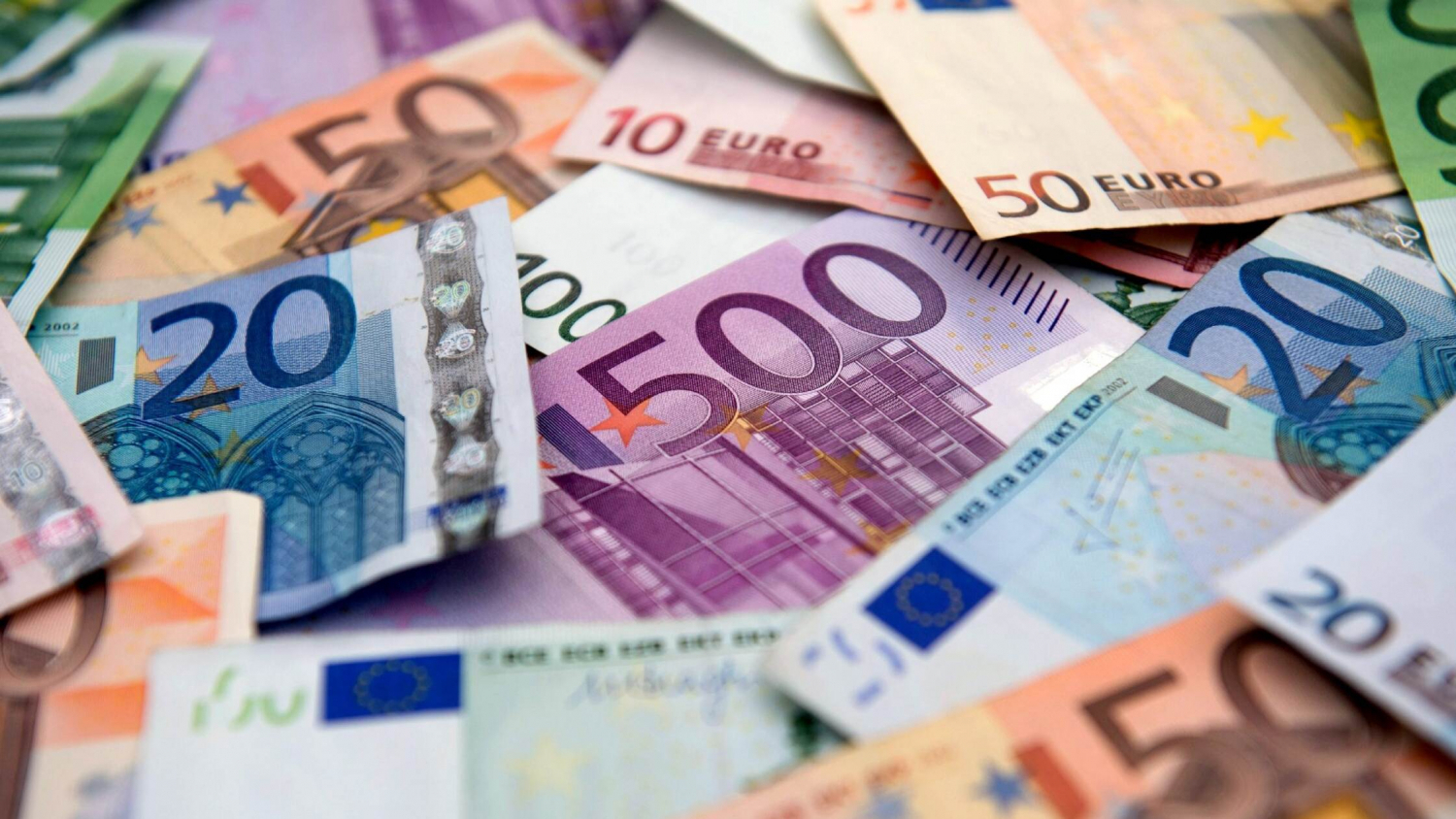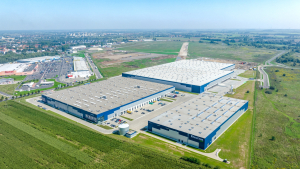
While the property investment volume in the European Union fell by 23% year-on-year to €211.5 billion in 2022, the market in Germany shrank by around 44% in 2022 compared to the previous year, says a market analysis conducted by Arnold Investments
Jochen Maurer, Country Manager for Germany at Arnold Investments, a brokerage company operating across Europe, explained that the declining investment activity has accelerated the repricing process, which is already leading to greater investor interest again this year due to the new yield levels.
EU-wide downward trend of investment activity
The year 2022 brought a fundamental change in the market environment for real estate investments. On the one hand, the financing costs have risen considerably, and on the other, competing forms of investment have gained significant market appeal. Yields on 10-year government bonds are now more than 3 percentage points higher than a year ago. German Bunds amount to around 2.6%, UK Gilts and US Treasuries at around 3.9%, respectively. As an immediate result, adjustments of net initial yield levels have taken place across Europe in Q4 2022.
Investment activity throughout the EU also slowed sharply over the course of the year. At around €42.3 billion, the fourth quarter transaction volume was around 63% lower than in the same quarter of 2021.
“Although the market activity was extraordinarily high in the comparative period, too,” says Martin Ofner, Head of Market Analysis at Arnold Investments and responsible for the EU-wide market surveys.
Southern Europe benefits
In 2022, investors have clearly shifted their focus towards the southern European real estate markets. Spain, Portugal as well as Italy – all markets with their own branches of Arnold Investments – were able to increase investment volumes in the past year, in some cases significantly.
Overall, the Southern European real estate markets, and particularly those on the Iberian Peninsula, have benefited from better economic fundamentals since the start of the Russia-Ukraine war due to less dependence on Russian energy supplies. In the industrial sector, in particular, competitive advantages have relocated from Germany, Austria and the CEE countries towards Southern Europe.
“The extent to which this trend will continue in 2023 will be revealed at the largest international real estate fair, MIPIM in Cannes, where we are represented with our own stand”, says Jochen Maurer, Country Manager for Germany at Arnold Investments,
EU investment volume in detail
While all other asset classes recorded a negative development in investment volume over the year, the investment volume in retail real estate rose by 18 per cent to around €29.1 billion in 2022 on the EU level. The most significant declines were recorded in the area of medium to large-volume residential investments at minus 52%, which means that this asset class currently represents only around 20% of the overall market. The European hotel investment market was also comparatively stable with a slight decline of 6 per cent to a total volume of €10.6 billion against the previous year. Hotel properties are the only asset class that was able to record a considerable increase in transaction volume in the fourth quarter of 2022 compared to both Q4 2021 and Q3 2022.
In line with the longer-lasting demand in Southern Europe over the course of the year, yields in Spain, Italy and Portugal rose to a lesser extent than in Western Europe up to the end of the year. Using the example of prime yields for CBD office properties, we have registered an increase by around 60 basis points in Southern Europe over the course of 2022, whereas in Germany and the Netherlands, an increase by already around 100 basis points occurred.
Outlook 2023
Further increases in yields are expected in most European markets and real estate sectors, with a certain proportion attributable to the generally higher rent level due to annual indexations. Based on the new, higher yield levels, it can be assumed that there will be significantly more attractive investment opportunities on the market in the first half of 2023.



